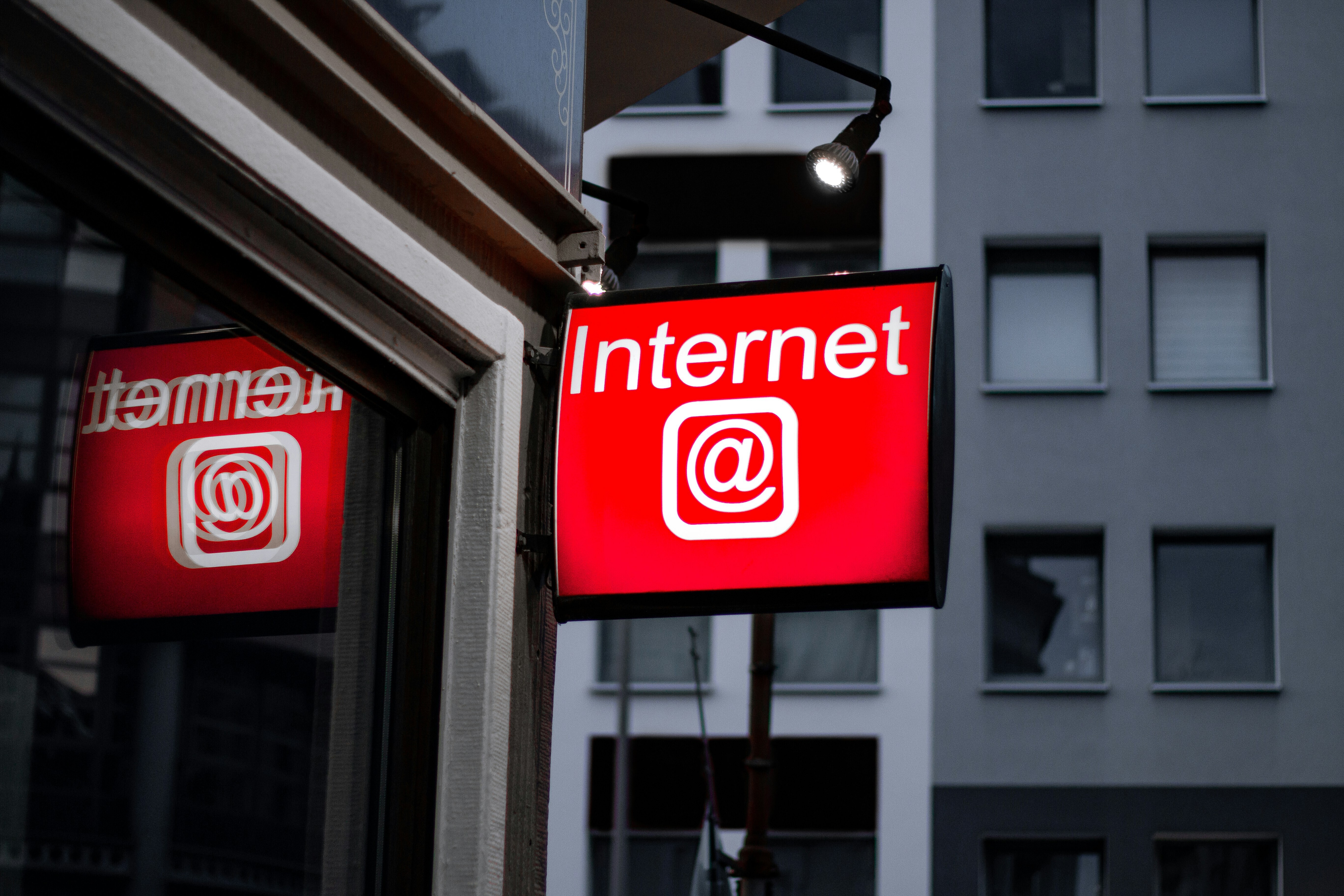COVID-19: Why virtual mental health care could be here to stay

Continuing to offer online services could help encourage and reassure people to seek help with their mental health. Image: REUTERS/Mariana Greif
Kara Gavin
Research & Policy Media Relations Manager - Institute for Healthcare Policy and Innovation, Michigan University- 2020 saw the digital transfer of many services, and mental health care was no different.
- A new study suggests that over half of people receiving mental health care will want to keep getting care virtually after the pandemic subsides.
- Virtual visits remove most of the logistical, as well as the emotional and personal, barriers to mental health care appointments.
A new study suggests that more than half of people receiving mental health care will want to keep getting care virtually after the pandemic subsides.
One year ago, only 26 video visits with University of Michigan mental health providers had happened in nearly six months, compared with more than 30,000 in-person visits.
But Jennifer Severe, one of the three psychiatrists who helped launch a test of telehealth initiatives in the outpatient psychiatry clinic, wasn’t about to give up.
She prepared to give a talk at the beginning of April of 2020, hoping to convince more of her colleagues to give telepsychiatry a try, now that a major insurance company was paying for it. She even had examples of how clinic staff had “rescued” the care of patients who had called at the last minute to cancel an appointment for their depression or bipolar disorder but agreed to a video therapy session instead.
Severe never got to give that talk.
Instead, on March 23, all non-urgent health care across the state shut down to prevent the spread of COVID-19. And video chats and phone calls became the only way for most patients to connect with their psychiatrists and psychologists from Michigan Medicine, the university’s academic medical center.
For nearly all of those patients, it has stayed that way for the past nine months.
According to the new findings published in JMIR Formative Research, the convenience of seeing a provider without leaving home, and avoiding potential exposure to the coronavirus—especially for those with other underlying health concerns—factor heavily into this preference. So does a patient’s initial experience with seeing a provider virtually.
Phone or video?
The data come from a summer 2020 phone survey of 244 patients or parents of patients who had had appointments scheduled with a University of Michigan mental health provider in the first weeks of the pandemic-related shutdown. Nearly 83% decided to have their or their child’s first pandemic-era appointment through video chat instead.
But the study also suggests a need for special attention to the minority of patients who initially chose to continue psychiatric care through telephone calls.
Though this accounted for less than 14% of the study population, they were more likely to be over 45. By summer, they were much less likely to want to receive mental health care remotely in the future.
As health insurers and government agencies make decisions about whether and how to pay mental health providers for virtual care in the short- and long-term, the new data could help inform them, says Severe.
“We went from not getting much traction with telepsychiatry, and encountering a lot of reluctance among providers and patients, to having nearly all our care delivered virtually, and offering help to those who need it,” she says. “These data suggest an opportunity to turn the experience of the pandemic into an opportunity to improve access to mental health care and improve the continuity of care. But policy and reimbursement decisions will be important.”
Nearly all the patients in the study group who had a virtual visit by summer said it went as well as they had expected, or better.
Parents of children receiving mental health or behavioral health care from psychiatry department providers especially noted that video visits were more engaging.
Phone-visit patients said it was important to have the option to talk when their internet connection was unstable or they had trouble with the video platform. One-third said they were just more comfortable talking by phone.
Virtual mental health care
Although the new paper does not examine clinic appointment cancellation and no-show rates, anecdotal evidence suggests that it has come down substantially from a one-in-four rate before the pandemic.
Whether it’s the debilitating effect of their mental health condition, or their access to transportation, time off from work, or child care, many factors can get in the way of a patient making it to an in-person appointment, Severe says. But virtual visits remove most of these barriers.

Cost poses another potential barrier for phone-based care. In the test-run months before COVID-19, insurers wouldn’t typically cover phone calls, leaving the provider to absorb the cost or to ask patients to pay out of pocket to talk on the phone with their provider.
Insurers covered phone-based mental health care for much of 2020, but that appears to be ending soon. But Severe says that for certain patients with an established relationship with their mental health provider, phone and video appointments are equally effective and should receive similar reimbursement from insurers.
“For the first visit with a new patient, we try to avoid using phone as it limits the initiation of the provider-patient therapeutic alliance, reduce communication cues, and limits the mental status exam that includes observing patient facial expressions, interactions, and movement,” she says. “Depending on the complexity of the patient’s situation, we may need to do a physical examination from time to time, to assess their balance and mobility, and check for medication side effects to name a few.”
Going forward, Severe hopes to study more aspects of telepsychiatry in the COVID-19 era, including understanding how socioeconomic status, rural vs. urban residence, technology access, and other factors play into access. She notes that the study team chose to conduct their study by phone, instead of reaching out via email or patient portal message, to ensure maximum access.
Source: University of Michigan
Don't miss any update on this topic
Create a free account and access your personalized content collection with our latest publications and analyses.
License and Republishing
World Economic Forum articles may be republished in accordance with the Creative Commons Attribution-NonCommercial-NoDerivatives 4.0 International Public License, and in accordance with our Terms of Use.
The views expressed in this article are those of the author alone and not the World Economic Forum.
Stay up to date:
Pandemic Preparedness and Response
Related topics:
Forum Stories newsletter
Bringing you weekly curated insights and analysis on the global issues that matter.
More on Wellbeing and Mental HealthSee all
Dylan Reim
October 29, 2025






